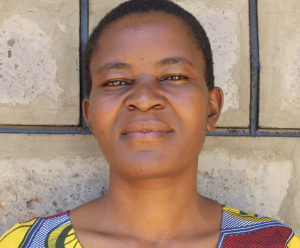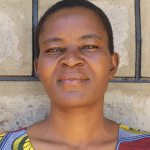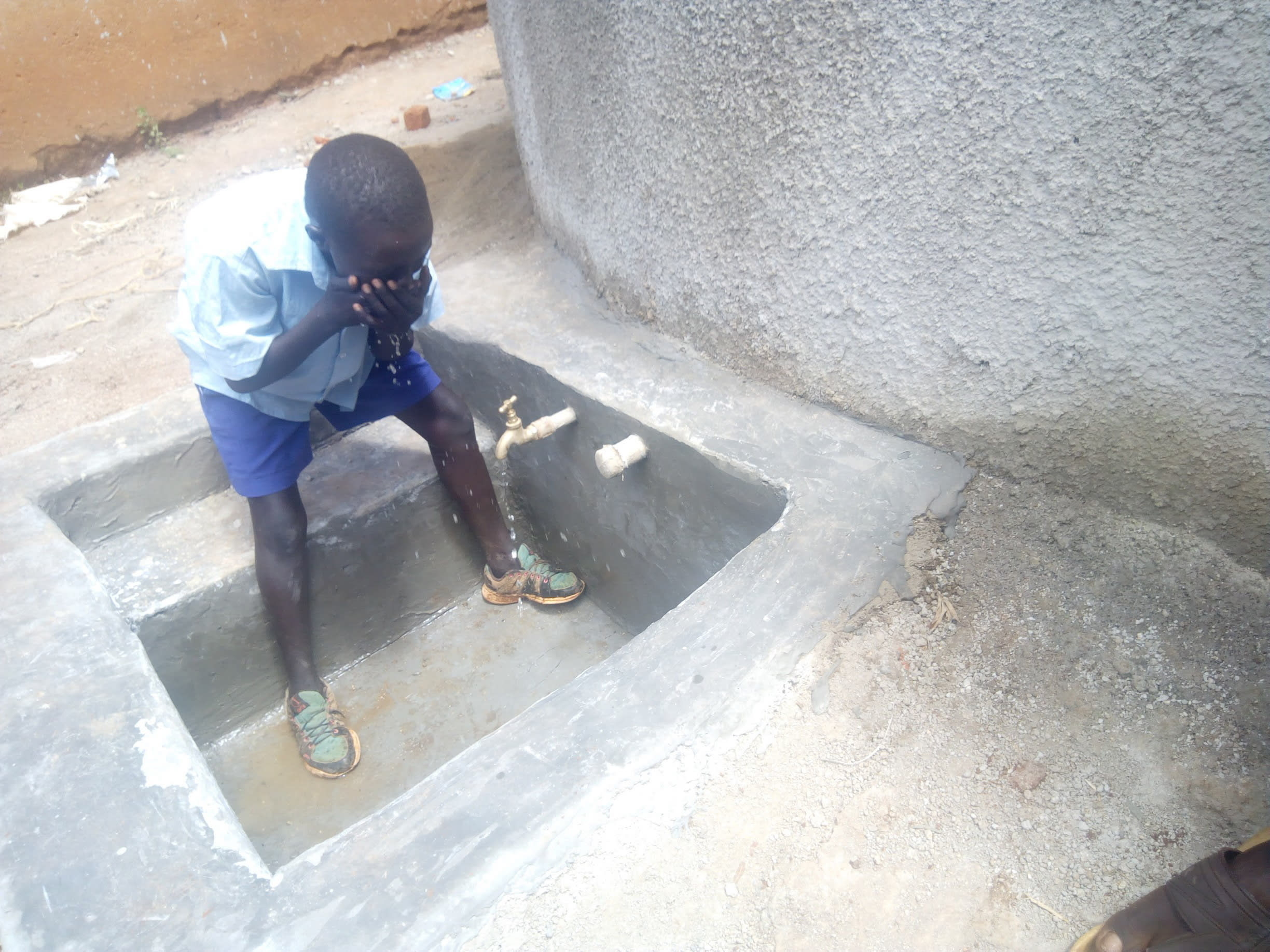Matsigulu Primary School is located in Mastigulu Village in Vihiga county of Western Kenya. The school has a population of 477 - 460 pupils (229 boys and 231 girls), 27 teachers and five support staff.
Pupils arrive at school by 6am. The teacher on duty organizes them for manual work, where some pupils do the clean-up by sweeping classes while others go to fetch water that is used for cooking meals for both teachers and class eight pupils.
Pupils go to class at 7am for their preps as they wait for the classes to begin at 8:20am. There are two breaks in the morning which both take about 30 minutes and then go back to class for lessons till 12:45pm.
There is no feeding program for pupils in class one to class seven pupils. Those students break for lunch to their respective homes until 1:45pm and go back to class for their lesson from 2pm to 3:10pm and break for games.
Class seven and eight pupils normally go back to class for preps, while the lower classes go home to help their parents before they start their homework.
Water
The students fill up jerrycans with water from a protected spring located between one and two km from the school. Water is stored in the same plastic jerrycans that are used to draw water from the spring. Drinking water is stored separately in filter containers - devices that are meant to filter the water for safe drinking.
However, there is evidence the original water source is contaminated, and this isn't always filtered out through the containers. The headteacher reported outbreak of waterborne diseases in the school and has contributed to poor performance in the school.
School officials saw the project implemented in Matsigulu Secondary School and they were impressed with it. They reached out to the principal of the secondary school who later linked them to us.
Sanitation
The latrines on the school grounds are made of bricks and cement, the roof is done by iron sheets, and doors made of timber. Most of the doors are broken, thus the pupils lack privacy. And to make matters worse, the latrines are almost full.
"On behalf of the school I would like to thank you for your coming and hope that the work you are planning to do will improve our performance," Mr. John Igadi, school headteacher, said.
Here’s what we’re going to do about it:
Training
Training will be held for two days. The facilitator will use PHAST (participatory hygiene and sanitation transformation), ABCD (asset-based community development), CTC (child to child), lectures, group discussions, and handouts to teach health topics and ways to promote good practices within the school. The CTC method will prepare students to lead other students into healthy habits, as well as kickstart a CTC club for the school.
Handwashing Stations
This CTC club will oversee the new facilities, such as handwashing stations, and make sure they are kept clean and in working condition. The two handwashing stations will be delivered to the school, and the club will fill them with water on a daily basis and make sure there is always a cleaning agent such as soap or ash.
VIP Latrines
Two triple-door latrines will be constructed with local materials that the school will help gather. Three doors will serve the girls while the other three serve the boys. And with a new source of water on school grounds, students and staff should have enough to keep these new latrines clean.
Rainwater Catchment Tank
A 50,000-liter rainwater catchment tank will help alleviate the water crisis at this school. The school will also help gather the needed materials such as sand, rocks, and water from the spring for mixing cement. Once finished, this tank can begin catching rainfall that will be used by the school’s students and staff.
We and the school strongly believe that with this assistance, standards will significantly improve. These higher standards will translate to better academic performance!

 Rainwater Catchment
Rainwater Catchment
 Rehabilitation Project
Rehabilitation Project



































